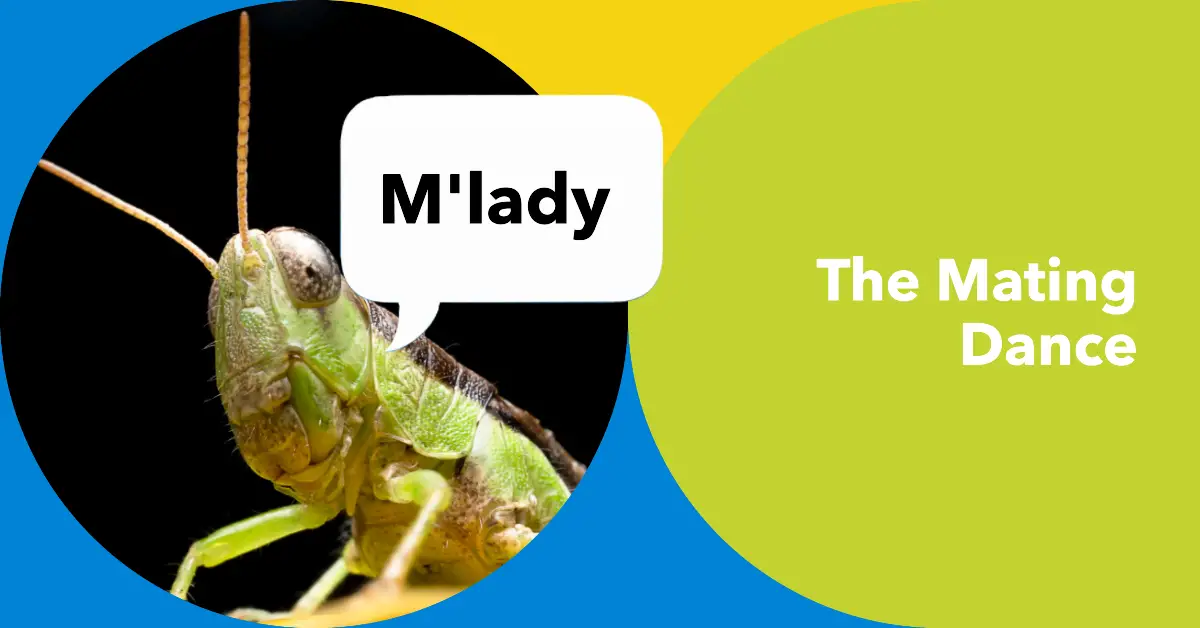
Jeffery Jago is a expert in horticulture and worm breeding. With a background in plant cultivation
Last Updated on March 27, 2023 by Jeffery Jago
Crickets are fascinating insects, exhibiting a range of behaviors that intrigue both scientists and casual observers.
One such behavior is shaking, which is closely connected to the mating rituals of these insects. In this article, we will delve into why crickets shake and explore the role it plays in their mating process.

The Role of Chirping in Cricket Mating Rituals
Chirping is a crucial aspect of cricket mating behavior. Male crickets produce their distinct chirping sounds to attract potential female mates.
These males alter their chirping patterns to increase their chances of successful mating, using variations in volume, frequency, and duration to communicate their intentions.
Cricket Shaking: A Sign of Successful Mating Songs
Cricket shaking is a behavior that occurs in response to changes in the male cricket’s chirping pattern. When a male cricket’s song effectively captures the attention of a female, he may engage in shaking to further convey his mating intent.
This shaking behavior is a physical manifestation of the successful mating song and serves as an additional signal to the female cricket, increasing the likelihood of a mating event.
The Science Behind Cricket Shaking
The shaking behavior exhibited by crickets can be attributed to their unique anatomy and physiology. Crickets have specialized structures in their thorax that enable them to produce the shaking motion.
The energy expenditure required for shaking is considerable, but it is a necessary investment for the male cricket to maximize his reproductive success.
Observing Cricket Shaking in the Wild and in Captivity
Crickets can be observed shaking in both natural habitats and captive environments, such as feeder cricket populations.
To recognize cricket shaking behavior in the wild, look for subtle vibrations or tremors in the cricket’s body, often accompanied by a change in the chirping pattern.
In captive environments, cricket shaking might be more challenging to observe, as the insects may be confined in small spaces. However, careful observation and a keen eye can still reveal this unique behavior.
The Importance of Understanding Cricket Shaking Behavior
Understanding cricket shaking behavior is essential for a variety of reasons. From an ecological perspective, mating behaviors play a vital role in maintaining cricket populations and ensuring their continued survival.
Additionally, studying cricket shaking and other mating behaviors can inform pest control and conservation efforts.
By understanding the nuances of cricket behavior, researchers and pest management professionals can develop more effective strategies to manage cricket populations, promoting ecological balance and minimizing the potential impact of these insects on human environments.
This information can also be helpful to hopeful breeders.
Conclusion
Cricket shaking is an intriguing behavior that plays a critical role in successful mating songs. By altering their chirping patterns and engaging in shaking, male crickets effectively communicate their intentions to potential mates, increasing their chances of reproductive success.
Understanding this behavior is not only fascinating but also holds practical implications for ecological preservation, breeding and pest management.
By studying and appreciating the intricacies of cricket behavior, we can gain valuable insights into these remarkable insects and their vital role in our ecosystems.

